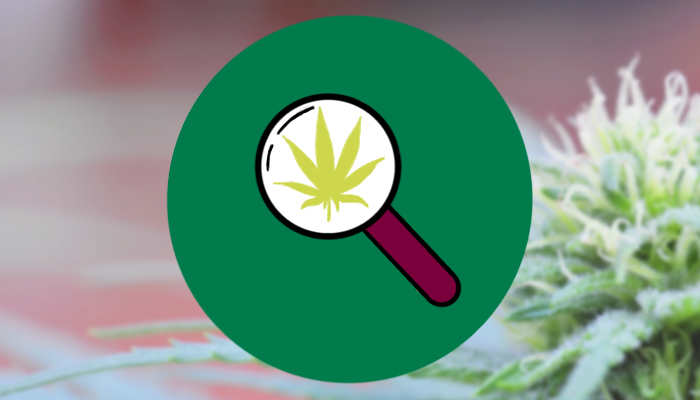Does legalizing medical cannabis reduce the number of opoid prescriptions in the US?

Why were these studies conducted? What do these studies add? Is there anything else I should know? Bradford AC, Bradford WD, Abraham A, Adams BG. Association between US state medical cannabis laws and opioid prescribing in the medicare Part D Population. JAMA Intern Med 2018; Published online April 2, 2018 doi:10.1001/jamainternmed.2018.0266 Wen H, Hockenberry JM. Association of medical and adult-use marijuana laws with opioid prescribing for Medicaid enrollees. JAMA Intern Med 2018; Publish online April 2, 2018. Doi: 10.1001/jamainternmed.2018.1007.
Bradford AC, Bradford WD, Abraham A, Adams BG. Association between US state medical cannabis laws and opioid prescribing in the medicare Part D Population. JAMA Intern Med 2018; Published online April 2, 2018 doi:10.1001/jamainternmed.2018.0266
Wen H, Hockenberry JM. Association of medical and adult-use marijuana laws with opioid prescribing for Medicaid enrollees. JAMA Intern Med 2018; Publish online April 2, 2018. Doi: 10.1001/jamainternmed.2018.1007.
Why were these studies conducted?
These studies looked at the relationship between opioid use and the availability of medical marijuana at the state level for two different populations: 1) enrollees of an optional Medicare prescription drug plan that is available regardless of income for Americans aged 65 and over or who have a severe disability (Bradford et al.) and 2) enrollees in Medicaid, state and federal programs that provide health coverage for those with very low income (Wen and Hockenberry).
Bradford et al. found that for the period 2010 to 2015 and when controlling for other factors (e.g., proportion of the population living below the poverty line), the mean annual daily dose of all opioids was 14.4% (p=.005) lower in the 21 states with medical cannabis dispensaries and 6.9% (p=.04) lower for the 15 that allow home cultivation. Analysis by opioid type found medical cannabis was specifically associated with reduction in prescription for morphine (14.1% reduction, p=.04), hydrocodone (10.5% decrease p=.06) and fentanyl (8.5% reduction, p=.06); there was no association with oxycodone, methadone or other opioids.
Wen and Hockenberry looked at Medicaid data for the period 2011 to 2016 to determine whether the passage of medical and/or adult-use cannabis laws after 2010 changed the number of quarterly opioid prescriptions per 1,000 enrollees. The implementation of medical cannabis laws was associated with significant decreases in the number of prescriptions for all opioid pain medication (-5.88%, 95 CI -11.55, -.21), Schedule III-V opioids (-10.40%, 95% CI -19.05, -1.74) and nonopioid pain medication (-8.36%, 95% CI -13.67, -3.05). Adult-use cannabis laws reduced all opioid pain medication prescriptions (-6.38%, 95% CI -12.20, -0.56), Schedule II opioids (-7.79%, 95% CI -14.73, -0.85), and nonopioid pain medications (-8.69%, 95% CI -15.50, -1.89). However, when the data were analyzed by individual state, results were variable, with 2 of 8 states passing medical cannabis legislation showing no change in opioid prescriptions. As with the Medicare study, results were adjusted to account for other factors that might affect opioid prescribing.
What do these studies add?
Due to mortality and morbidity associated with opioids, it is important to find alternative, nonopioid treatments for pain. Using administrative data bases, two American research teams looked at the effect of state cannabis laws on opioid prescriptions, adjusted for factors that could confound prescribing rates. Both analyses suggest legalized cannabis may be associated with lower rates of opioid prescriptions in the Medicare and Medicaid populations.
Is there anything else I should know?
The analysis used administrative databases for Medicare and Medicaid prescriptions and does not take into account illicit opioids. The databases report the aggregate numbers of opioid prescriptions at the state level so there is no means of tracking the behaviour of patients or prescribing physicians. Although the studies suggest opioid prescriptions rates are lower in most states that legalize cannabis, they cannot establish whether individuals substitute cannabis for opioids.
Archive